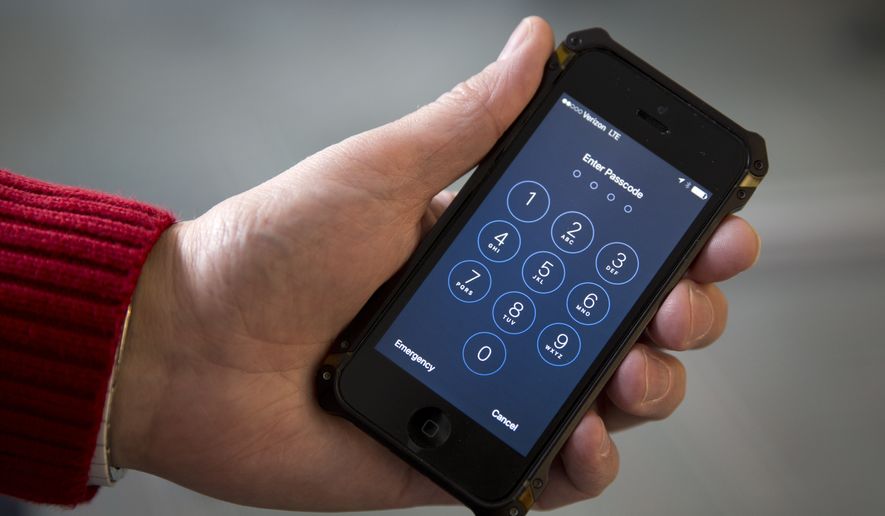Apple said the iPhone maker contacted the FBI to help glean data from a mobile device belonging to late Texas church shooter Devin Kelley “immediately” after learning that authorities couldn’t access its contents, but claimed it only became aware of the problem when an investigator complained publicly roughly 48 hours following Sunday’s massacre.
“Our team immediately reached out to the FBI after learning from their press conference on Tuesday that investigators were trying to access a mobile phone,” Apple said in a statement Wednesday. “We offered assistance and said we would expedite our response to any legal process they send us.”
“We work with law enforcement every day. We offer training to thousands of agents so they understand our devices and how they can quickly request information from Apple,” the statement said.
Kelley, 26, opened fire Sunday morning in the First Baptist Church in Sutherland Springs, Texas, east of San Antonio, killing 26 people and injuring 20 others, according to police. He fled the scene in an automobile after being shot by a civilian and committed suicide moments later, authorities have determined.
Christopher Combs, the head of the FBI’s San Antonio field office, revealed at a press conference Tuesday morning that authorities had obtained Kelley’s cellphone but couldn’t access its contents. That echoed the dilemma that unfolded nearly two years earlier when investigators recovered a password-protected and purportedly uncrackable Apple iPhone belonging to one of the terrorists responsible for the December 2015 rampage in San Bernardino, California.
The Department of Justice sued Apple in that case in hopes of compelling its assistance in unlocking the iPhone, but relented after reportedly paying upwards of $1 million to a private security firm.
“It actually highlights an issue that you’ve all heard about before,” Mr. Combs said Tuesday. “With the advance of the technology and the phones and the encryptions, law enforcement — whether that’s at the state, local or federal level — is increasingly not able to get into these phones.”
“I can assure you that we’re working very hard to get into the phone, and that will continue until we find an answer,” he said. “I don’t know how long that’s going to be, to be quite honest with you. It could be tomorrow, it could be a week, it could be a month, we just don’t know yet. But we’re going to keep working on that phone and the other digital media that we have.”
Mr. Combs refrained to discuss the make and model of Kelley’s device, but multiple media reports have since identified it as an Apple iPhone. It was transported Monday evening to the FBI’s crime lab in Quantico, Virginia, he said.
Depending on the model of the phone and the security features enabled, the FBI may have missed out on asking Apple for assistance during a critical but limited window that would’ve started when he last used his phone. If Kelley had enabled Apple’s “Touch ID” feature, authorities could’ve potentially used his corpse’s fingerprint to unlock the device. That feature stops working if a phone hasn’t been unlocked within 48 hours, however, at which point the device becomes protected by a passcode possibly known only by the deceased.
It was not immediately clear what measures authorities took to try to unlock Kelley’s device or whether they’re weighing legal action like after the San Bernardino attack.
Officials have not announced a motive for Kelley’s rampage. Any data recovered from his phone, including text messages and internet browsing history, stand to paint a better picture for authorities investigating his mindset prior to Sunday’s massacre.
The FBI has accumulated roughly 7,500 mobile devices over the last year safeguarded by security measures preventing authorities from accessing their contents, President Trump’s deputy attorney general, Rod Rosenstein, said last month.
• Andrew Blake can be reached at ablake@washingtontimes.com.




Please read our comment policy before commenting.